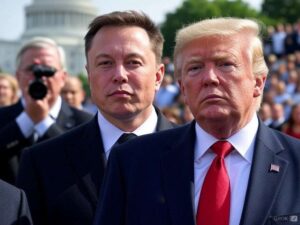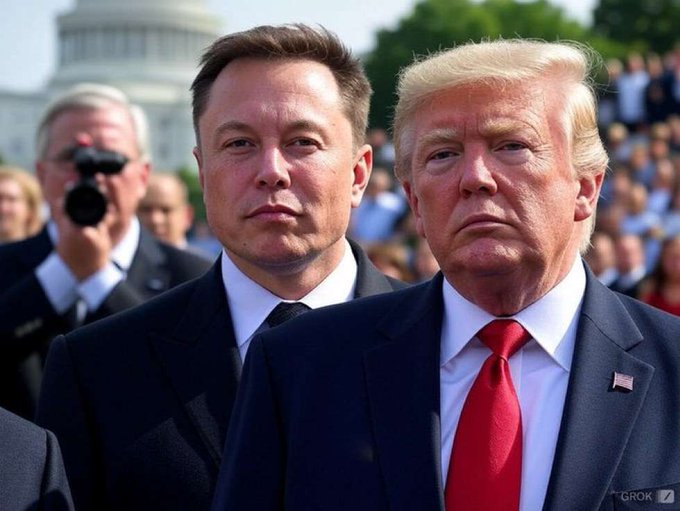“What a Second Trump Presidency Could Mean: Analyzing the Possibilities”
The prospect of Donald Trump returning to the White House has sparked intense debate across the political spectrum. With the 2024 election looming, many wonder what a second term under Trump would look like and what its impact could be on both the United States and the world. From his polarizing policies to the changing landscape of American politics, Trump’s potential return to office raises numerous questions that demand careful consideration.
A second Trump presidency would almost certainly be marked by a continuation of the policies and ideologies that defined his first term. Trump’s “America First” approach would likely shape his foreign and domestic policies, prioritizing American interests above all else. On the international stage, we could see a resurgence of Trump’s “trade war” tactics, especially with China, and a possible retraction from multilateral organizations such as the World Health Organization (WHO) and the United Nations. His “America First” agenda could also entail a hardline stance on immigration, with a focus on border security and a reduction in the number of refugees and asylum seekers allowed into the country.
Domestically, Trump’s second term could bring significant changes to the U.S. legal and political system. Trump has already appointed a number of conservative judges during his first term, which has shifted the judiciary to the right. A second term might provide him with the opportunity to appoint even more federal judges, potentially reshaping the courts for generations. In terms of policy, Trump’s tax cuts and deregulation efforts could be intensified, further solidifying his commitment to pro-business, conservative ideals. On the other hand, Trump’s continued stance on climate change denial and environmental deregulation would likely face strong opposition from progressives and environmental advocates.
 However, Trump’s presidency would not be without its challenges. His leadership style, which often involves confrontation, controversy, and unconventional rhetoric, has already alienated large portions of the American population. His relationship with the media, judiciary, and political opponents could become even more fraught, leading to heightened polarization in the country. This would likely fuel ongoing tensions between the right and left, further deepening the divide within the American political system. Additionally, the legal challenges Trump faces—ranging from investigations into his business dealings to the January 6th insurrection—could play a significant role in shaping his second term.
However, Trump’s presidency would not be without its challenges. His leadership style, which often involves confrontation, controversy, and unconventional rhetoric, has already alienated large portions of the American population. His relationship with the media, judiciary, and political opponents could become even more fraught, leading to heightened polarization in the country. This would likely fuel ongoing tensions between the right and left, further deepening the divide within the American political system. Additionally, the legal challenges Trump faces—ranging from investigations into his business dealings to the January 6th insurrection—could play a significant role in shaping his second term.
Moreover, the international community’s response to Trump’s re-election would also be a key consideration. While some countries might view a second Trump presidency as a return to an “America First” foreign policy that prioritizes national sovereignty over global cooperation, others might be concerned about the potential instability and unpredictability Trump brings to international relations. Relationships with NATO allies, trade partners, and global institutions could be further tested, while adversaries like Russia, North Korea, and Iran might perceive Trump’s approach as an opportunity to advance their own interests.
In conclusion, while a second term for Donald Trump would undoubtedly be filled with both promise and peril, its outcome would depend largely on the shifting political dynamics in the U.S. and abroad. Trump’s return to the White House would likely result in a continuation of his polarizing policies, with far-reaching implications for both domestic governance and international relations. As the election season unfolds, one thing is clear: the debate over Trump’s potential second term will continue to dominate the political discourse, influencing not only the future of American politics but also the course of global affairs.
